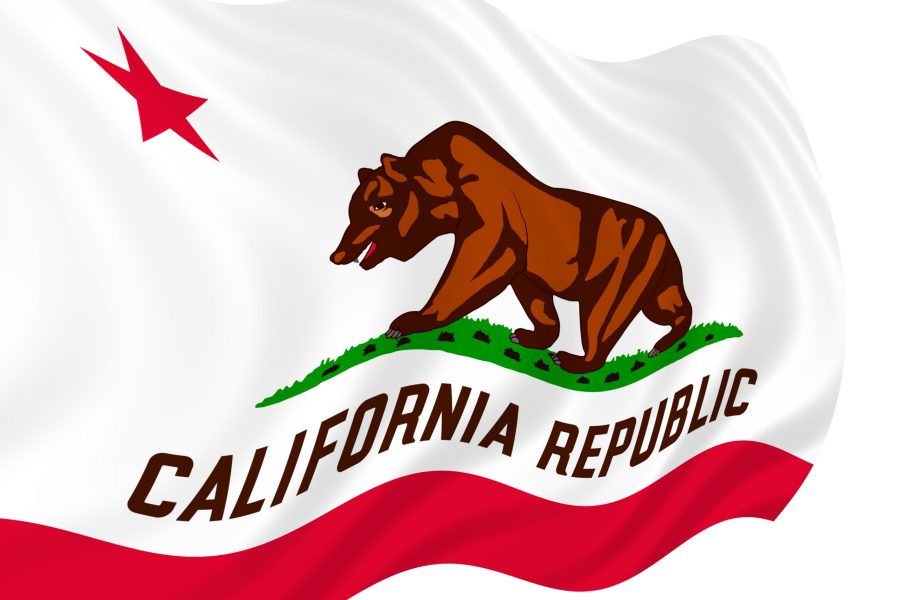Last week, California’s nonpartisan Legislative Analyst’s office was on a roll – releasing several, often-critical analyses of some of Gov. Gavin Newsom’s high profile budget proposals.
Particularly pointed was its analysis of Newsom’s proposal to create a so-called “Climate Catalyst Action Fund.” According to the administration’s budget documents, it “would provide low-interest loans for a portfolio of climate-related projects . . . and where technologies and infrastructure exist that could be deployed at much greater speed and scale but face barriers in the private market.”
These projects likely did not receive private funding because they were either half-baked or there wasn’t a market demand for the program in the first place. But as much as they’d like it to be different, Sacramento politicians can’t change the marketplace – even with a huge infusion of public cash.
Arguing that Newsom’s team “has not demonstrated it will be able to identify appropriate projects,” the LAO concludes that, “the administration has not demonstrated that the Climate Catalyst loan fund would be the appropriate way to finance many of these projects.”
They also note that the Administration entities who would be in charge of determining the loans, the Governor’s Strategic Growth Council and the California Infrastructure and Economic Development Bank, “might lack the knowledge needed to identify appropriate projects.”
In other words, might the Governor’s new fund be putting the state on path to another Solyndra-type scandal?
Remember that Solyndra was a California-based solar panel manufacturer that received more than $500 million in loans from the Obama administration in 2009 in the federal stimulus package. The company infamously went bankrupt in 2011, becoming the poster child for crony capitalism.
The inspector general at the U.S. Department of Energy later issued a report documenting that “Solyndra provided the Department with statements, assertions, and certifications that were inaccurate and misleading.”
The report also noted that “concerns that had been raised regarding possible political pressure applied in the Solyndra decision-making process.” Continuing, it said that, “employees acknowledged they felt tremendous pressure, in general, to process loan guarantee applications (and) suggested the pressure was based on the significant interest in the program from Department leadership, the (Obama) administration, Congress, and the applicants.”
Given the LAO’s warnings about the Newsom administration’s lack of knowledge and lack of focus with this and also its $4.75 billion bond proposal for global warming programs, what’s to prevent another Solyndra-type scandal from occurring with these new funds?
Like the Obama Administration, Newsom aggressively promotes his climate agenda as he positions himself as the alternative to Donald Trump. One can already imagine the numerous photo ops and check presentations he will hold around the state once his loan fund has been approved.
But these political spending decisions come with a big opportunity cost. In his study Legislating Energy Poverty, PRI’s Dr. Wayne Winegarden documents how cronyism in California – as evidenced by taxpayer-funded giveaways to companies like Tesla – is detrimental to the economy.
“Tesla has received billions of dollars either directly or indirectly from California. These resources were a transfer of money toward Tesla employees and stockholders and away from taxpayers, many of whom are low-income households or are economic competitors to Tesla. These transfers hampered the development of other potential projects in California,” he wrote.
And we could see this scenario repeat itself multiple times under Newsom’s new climate fund.
Unfocused programs like the Climate Catalyst Action Fund open the state up for decisions to be made based on politics, rather than the best interests of all Californians. Lawmakers should heed the LAO’s warning and give this program the strict scrutiny it deserves before signing off.
Tim Anaya is the Pacific Research Institute’s senior director of communications and the Sacramento office.


